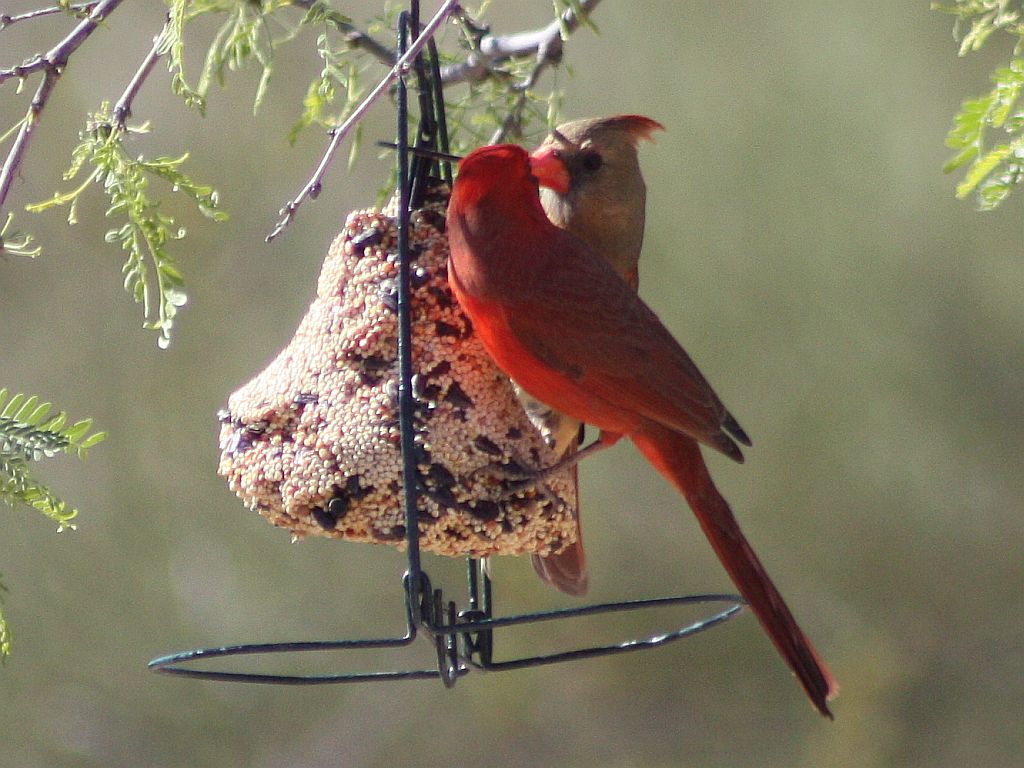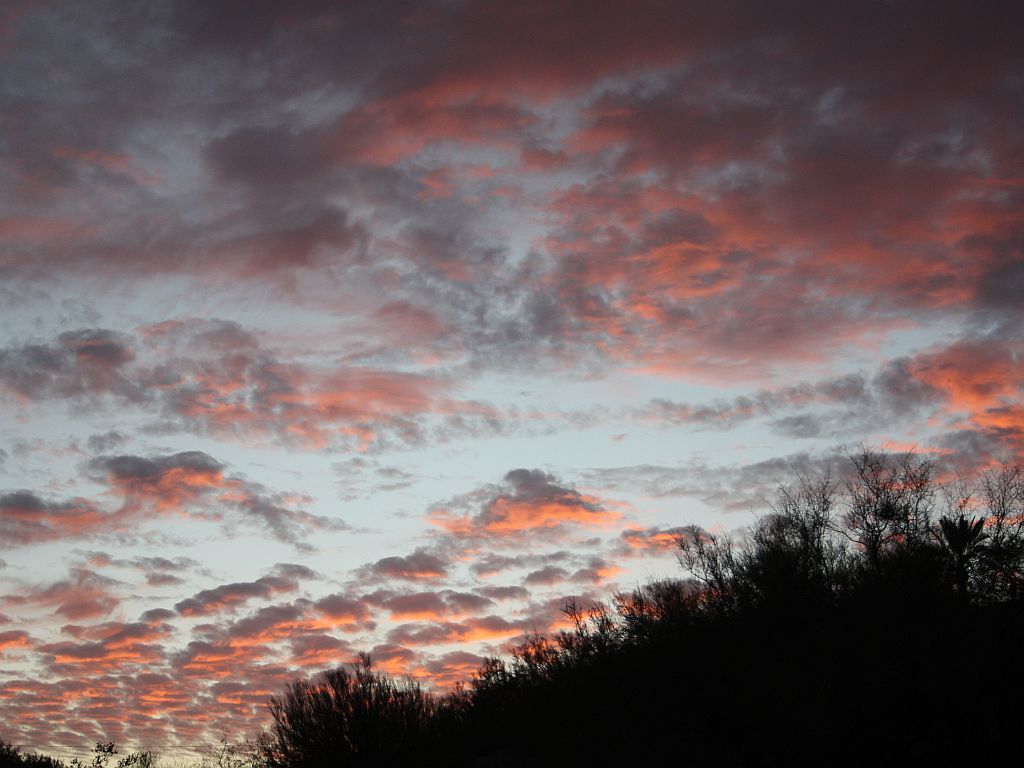A week ago we bought a cereus cactus and brought it home. Today, we finally got it in the ground in front of the house. We are really looking forward to seeing the flowers bloom. Click on the blue play button for a slideshow of getting it into the ground.
April 2011
That Sinking Feeling
99 years ago today, the RMS Titanic sank to the bottom of the sea. The current administration and the massive debt threaten to sink America as well.
RMS Titanic was a passenger liner that struck an iceberg on her maiden voyage from Southampton, England, to New York City, and sank on 15 April 1912. She struck the iceberg four days into the crossing, at 23:40 on 14 April 1912, and sank at 2:20 the following morning, resulting in the deaths of 1,517 people in one of the deadliest peacetime maritime disasters in history.
A New Cactus
This is the newest addition to the landscaping in front of the house. We will be planting this cactus within the next couple of days. We think it’s a cereus, but we’re not sure of the variety. I wanted to get it here right away since it will be getting three new flowers real soon now. Click on the image to enlarge.
A Secondary Consequence of Solar Minima
I browsed through my copy of QST magazine yesterday. QST is the publication of the American Radio Relay League, an amateur radio (ham radio) organization. In it, I read an interesting scientific hypothesis explaining the dearth of sunspots we have seen over the past several years. The theory holds that plasma currents deep inside the sun may have interfered with the formation of sunspots and prolonged the solar minimum.
Later in the article, there is mention of a secondary consequence of the minimum in that “space junk” can remain in low Earth orbit due to the upper atmosphere collapsing. You can read this very interesting article at this link.
NASA-sponsored research has resulted in the first computer model that explains the recent period of decreased solar activity during the sun’s 11-year cycle.
This recent solar minimum, a period characterized by a lower frequency of sunspots and solar storms, was the deepest observed in almost 100 years. The solar minimum has repercussions on the safety of space travel and the amount of orbital debris our planet accumulates.
. . .
During this deep solar minimum, the sun’s magnetic field weakened, allowing cosmic rays to penetrate the solar system in record numbers, making space a more dangerous place to travel. At the same time, the decrease in ultraviolet radiation caused Earth’s upper atmosphere to cool and collapse.
As a consequence space debris stopped decaying and started accumulating in Earth orbit due to decreased atmospheric drag. These effects demonstrate the importance of understanding the entire solar cycle, during both minimum and maximum.
Emphasis added.
Serrano Pepper
The first things to appear in the Arizona garden this year were the tomatoes. Today, I photographed a tiny Serrano chili pepper in front of a pepper blossom which will soon be another pepper. These tomatoes and peppers are likely to be ingredients in salsa or a Tex-Mex recipe this summer. Click on the image to enlarge.





